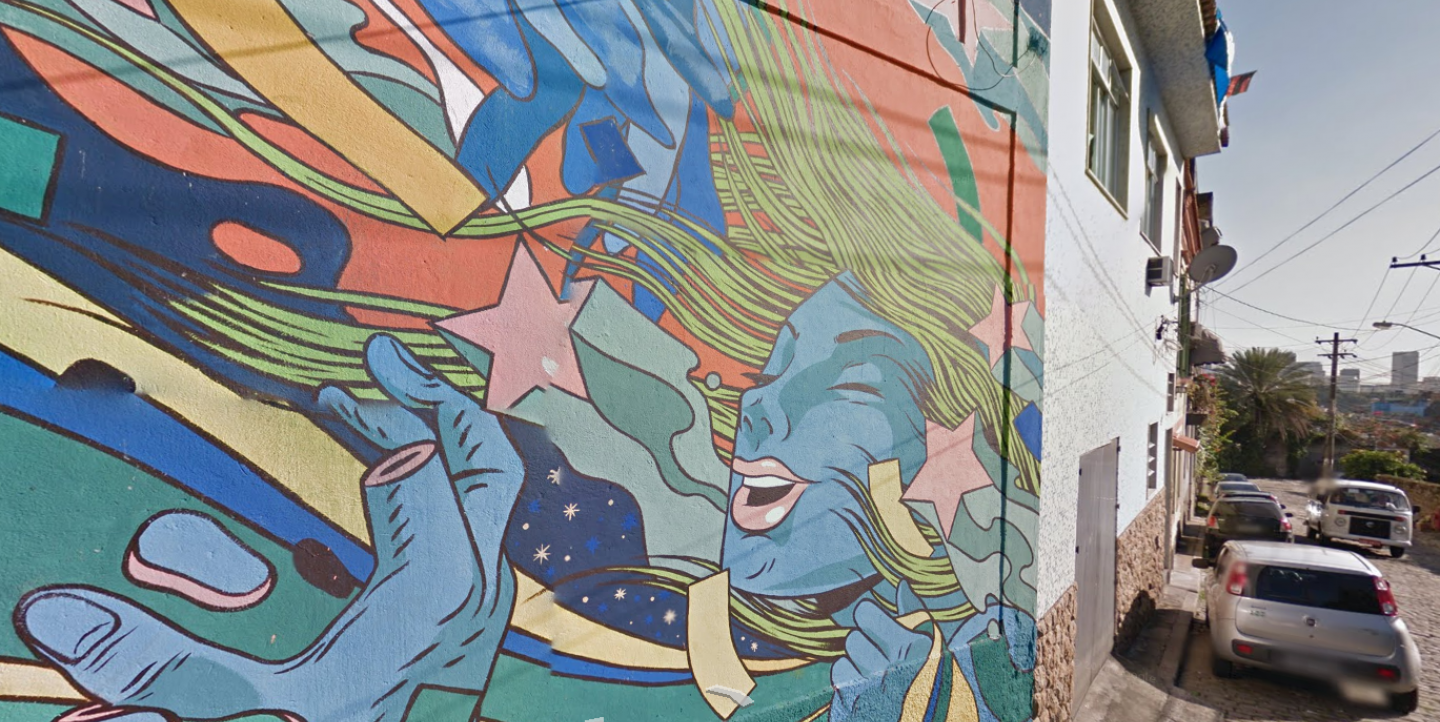The World Cup has started in all its glory, and newsrooms across the globe are taking advantage of the occasion to cover it in innovative ways and try out new storytelling formats.
Here’s a roundup of some of the best and most creative interactives we’ve found online, from a news game that tests your World Cup trivia knowledge to an interactive animation that explores the legend of the ghost of Brazil's Maracana Stadium.
Focus: Life behind the Cup - Social media chatter is a huge part of this World Cup, with readers sharing a record-breaking number of tweets, Instagram photos and GIFs. (Forbes recently reported that the phrase “World Cup” alone generated 19 million social mentions since June 2013, surpassing the number of mentions leading up to other mainstream sporting events like the Super Bowl or the Sochi Olympics.)
So it shouldn’t come as a surprise that media outlets want to be part of the conversation. For that reason, the AP created Life behind the Cup, a roundup of offbeat photos their photographers on the ground post to Instagram.
My travels with the curse of Maracana - Another unique thing about this World Cup: it has brought back to life a few ghosts from the past, since one of Brazil’s soccer stadiums holds a curse. Or at least that’s how the story goes.
On July 16, 1950, Brazil was defeated in the World Cup finals by Uruguay in the Maracana stadium in Rio de Janeiro. The victory was completely unexpected; Brazil was the favorite to win, not just because of its team's prowess on the field, but because the game was taking place in its own backyard. That completely surprising win by an underdog like Uruguay was called “Maracanazo),” and it’s said that its ghost haunts the streets of Brazil and its team.
To tell this story, the New York Times magazine made an animated interactive illustration of the ghost of Maracana.
FiveThirtyEight’s World Cup Predictions - FiveThirtyEight, the newly relaunched data journalism site created by stats-cruncher extraordinaire Nate Silver, made an interactive infographic with Silver’s picks for the World Cup, which will make you weep--unless you’re rooting for Brazil, of course.
Brazil’s Painted Streets - Google put together a beautiful selection of street art painted in the streets of Brazil to welcome the World Cup. This is part of a Google Street view project to capture and preserve art from all over the world using more than 5,000 images.
The World Cup of Everything Else - Not really about soccer, but with a timely news peg, this interactive created by the WSJ shows how the World Cup would look if the 32 qualifying countries were not competing in soccer but rather for other distinctions, like the country with the lowest murder rate, or the nation that consumes the most tree nuts. (h/t @SantiagoSnchez7)
O mundo da Copa - This news game, developed by Folha de Sao Paulo, quizzes the reader on World Cup trivia. The gamer, a Brazilian soccer fan, walks around the streets of Brazil and is approached by people (a tourist, a reporter) who asks him questions like: “Which of these countries will have to travel the least in the first round of the World Cup? Belgium, or Ivory Coast?” The game has 40 questions; get them right and a group of Brazilian soccer fans will cheer for you; get them wrong and you accumulate points toward a yellow card. If you miss all the questions on the screen, you get a red card. The game is in Portuguese, and it can be a bit clunky at times.
Spot the Ball - Because a list of interactives wouldn't be complete without a quiz, here’s New York Times' Spot the Ball, in which you guess where the soccer ball is in five situations. (The ball has been photoshopped out of the photos.) It’s harder than it looks: I was only close in two of the five photos, better than only 38 percent of the players that day.
Maite Fernández is IJNet’s managing editor. She is bilingual in English and Spanish and has an M.J. in multimedia journalism from the University of Maryland.
Screen grab of Brazil's Painted Streets project, street art in Rua Tavares Bastos.

